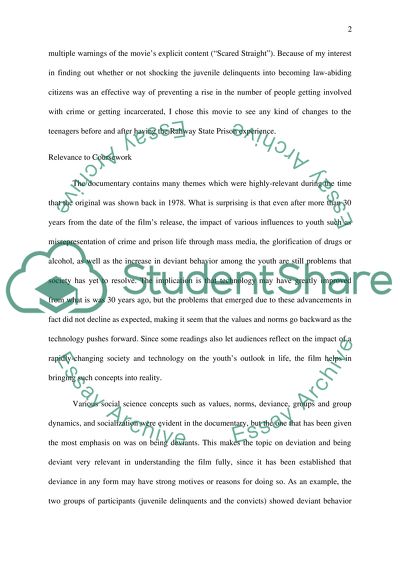Cite this document
(“Film Review of Scared Straight 20 years later Movie”, n.d.)
Retrieved from https://studentshare.org/psychology/1485351-film-review-of-scared-straight
Retrieved from https://studentshare.org/psychology/1485351-film-review-of-scared-straight
(Film Review of Scared Straight 20 Years Later Movie)
https://studentshare.org/psychology/1485351-film-review-of-scared-straight.
https://studentshare.org/psychology/1485351-film-review-of-scared-straight.
“Film Review of Scared Straight 20 Years Later Movie”, n.d. https://studentshare.org/psychology/1485351-film-review-of-scared-straight.


